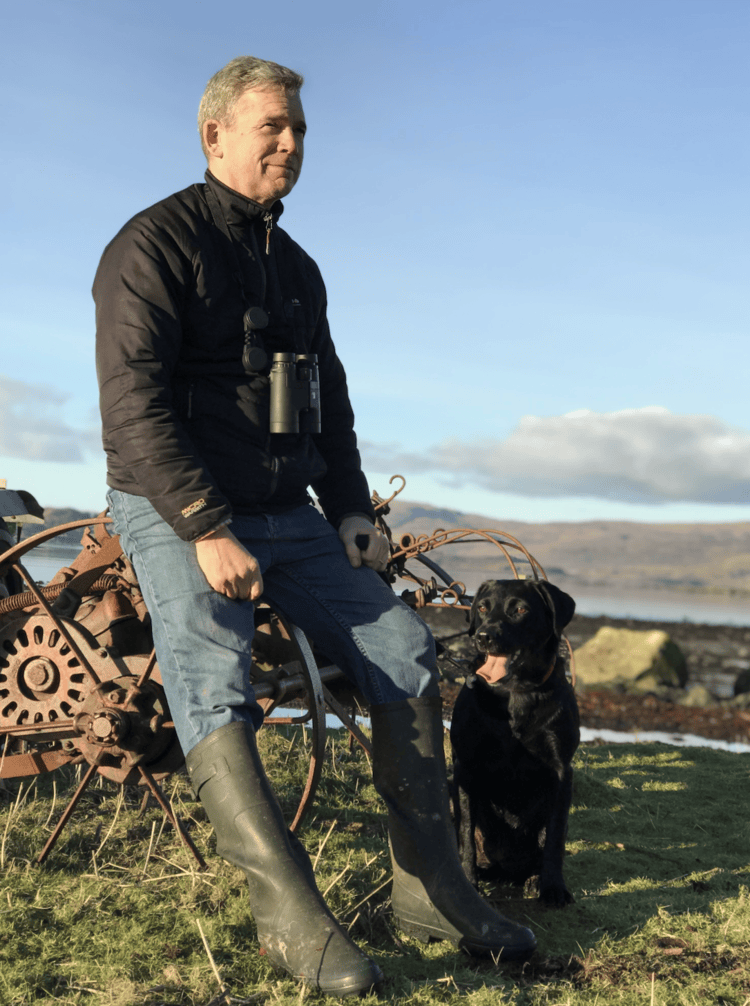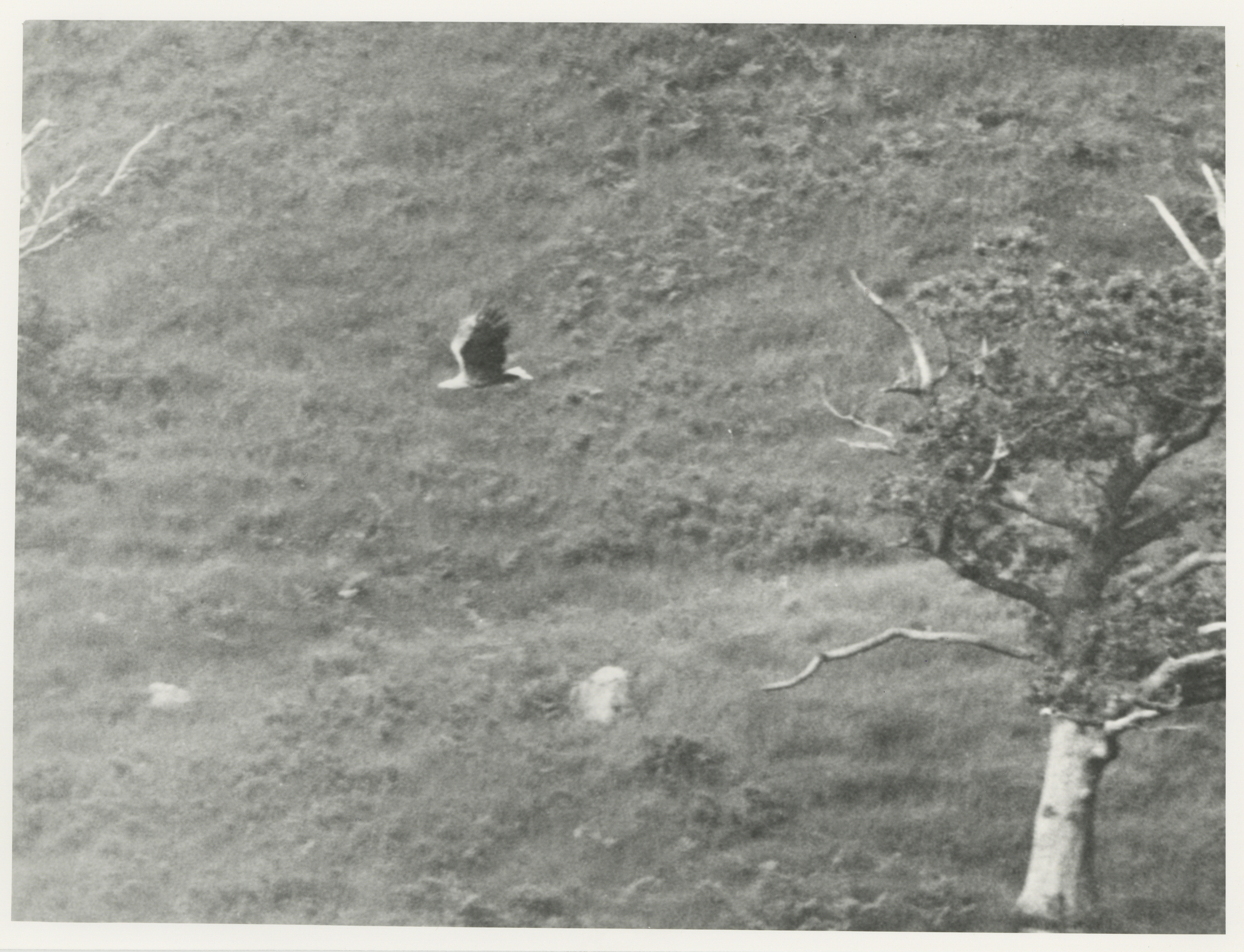
Fifty years after their reintroduction, white-tailed eagles are thriving across the UK – thanks to decades of dedication, collaboration and quiet determination
By
One spring day in 1985, Dave Sexton took a tent down to the shoreline of Loch Ba. On the opposite shore, he could clearly see a nest belonging to a pair of white-tailed eagles.
Sexton spent the next four months guarding the nest around the clock, working in shifts with RSPB wardens Mike Madders and Keith Morton until, finally, in July, the chicks left the nest. It was the first time in 70 years that the species had successfully fledged in the UK. ‘They settled straight back in as if they’d never been away,’ says Sexton.
Enjoying this article? Check out our related reads:
White-tailed eagles, also known as sea eagles, are a very adaptable species. ‘We call them sea eagles, but I think that’s probably because we associate them with this wild, remote, western coast, which is the last place they survived.’ Sexton says that the species is just as happy in lowland deciduous woodland, fens and marshland, but in the 18th and 19th centuries, its range shrank to coastal Scotland. By the early 20th century, the white-tailed eagle was entirely gone from the UK. ‘It was entirely due to human persecution,’ says Sexton.

In 1975, the RSPB, in collaboration with the organisation now known as NatureScot, launched a project to reintroduce the white-tailed eagle to the Isle of Rum. ‘The prevailing view was that, having caused their extinction, we had a moral duty to right a wrong. And sea eagles weren’t a long-distant memory for people in the UK, unlike some species currently being considered for reintroduction. It felt achievable.’
Sexton saw his first white-tailed eagle five years later on the Isle of Mull. He was instantly captivated. ‘I pestered the RSPB to let me work on the project. It was all very secret and hush-hush, because people were worried about egg collectors back in those days. I knew the first nest would have a protection scheme around it, and I wanted to be part of it.’
This summer marks 50 years since that first chick fledged. Today, there are an estimated 200 pairs of white-tailed eagles in Scotland. Sexton says the population is doing well. ‘They’re on the rise, and not just on the West Coast. They’ve spread inland into the Highlands and further east. Slowly but surely, they’re getting back to where they should be.’

It hasn’t all been smooth sailing. Bringing back a large apex predator like the white-tailed eagle is a complex and often controversial task, and the same fears and misunderstandings that led to their extinction in the UK still persist. The RSPB continues to work with landowners who find living alongside the eagles challenging, while a new satellite-tagging project has revealed no cases of livestock predation – a key concern for some farmers.
For the general public and local communities, however, the reintroduction has been a resounding success. Studies have shown that white- tailed eagles have become a major draw for wildlife tourism, providing significant economic benefits to communities, particularly on the Isle of Mull. A 2019 study estimated that white-tailed eagles support a minimum of £4.9 million in tourist spending per year, helping to sustain between 98 and 160 full-time jobs on the island. Public surveys in other areas, such as the Isle of Wight, where a more recent reintroduction project is underway, have shown more than 80 per cent support for the eagles’ return.
Sexton credits a monumental and determined team effort, one that has seen white-tailed eagle reintroductions expanded to sites in Northern Ireland, Wales and England. It also goes to show, he adds, just how much time and effort it takes to successfully reintroduce a species. ‘You can’t just chuck a few birds out and expect success, then move on. It’s a lot of work – but it’s important work.’

To celebrate the success of the white- tailed eagle reintroduction project, the RSPB is launching Return, a film documenting how the species was brought back to the UK. It features stunning footage of the birds in their Scottish heartlands and interviews with those crucial to their comeback – including Sexton, who recently retired after spending two decades as the RSPB’s Mull Officer. The film also introduces the next generation of nature lovers, taking this inspiring story into the future.
You can watch the trailer now, and stay tuned for the film’s release on the RSPB’s YouTube channel later this month.
Or, get your tickets for the launch screening and panel discussion on 26 August at Manchester’s Track Brewery Taproom, hosted by Patagonia.
Return is the kind of powerful storytelling we champion at the Geographical Better World Video Awards. We know that there are incredible filmmakers, both amateur and professional, out there reshaping perspectives with their work. If you, or someone you know, has an inspiring film showcasing positive global impact, don’t miss the chance to enter the Geographical Better World Video Awards 2025.



